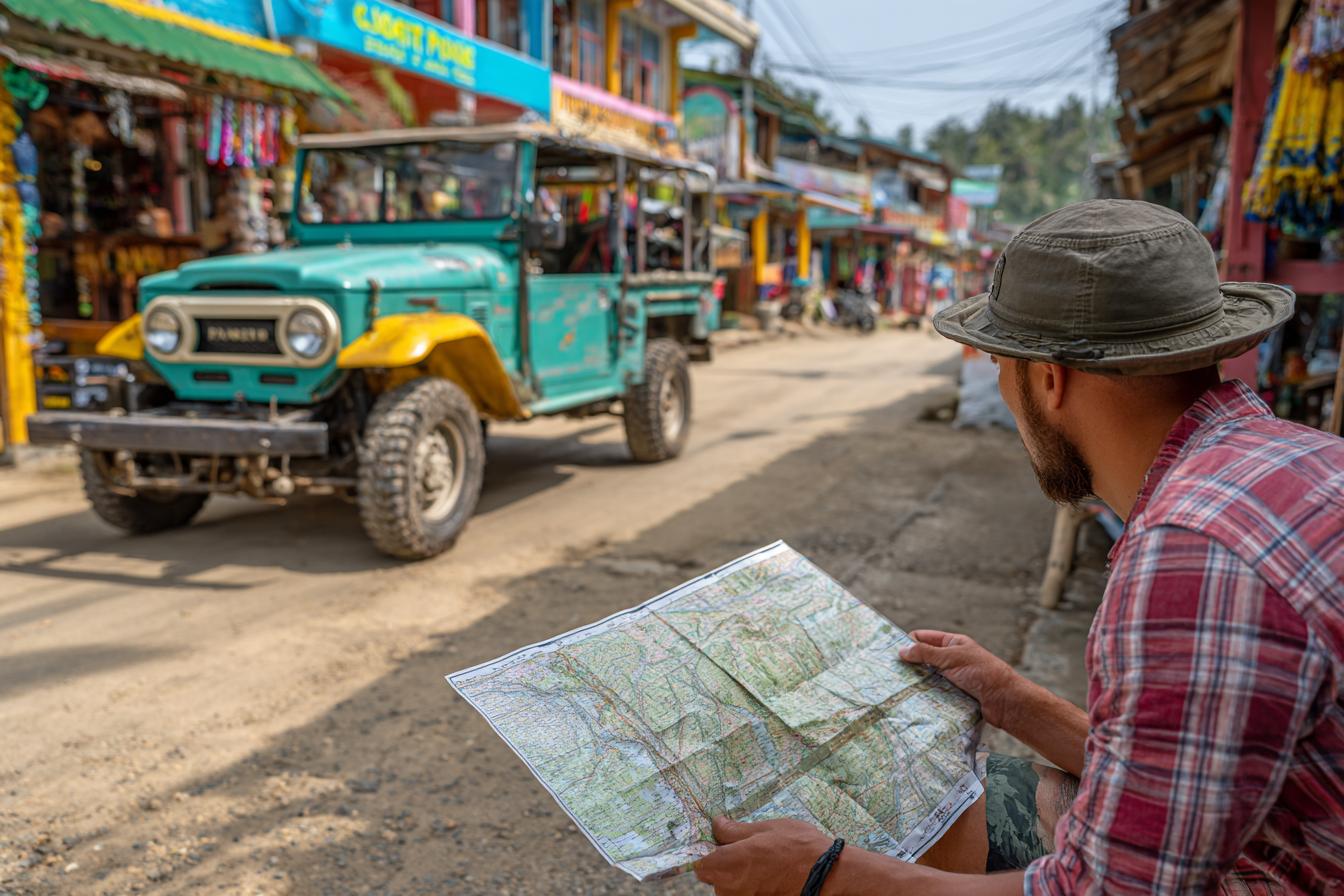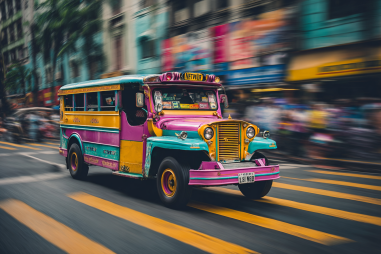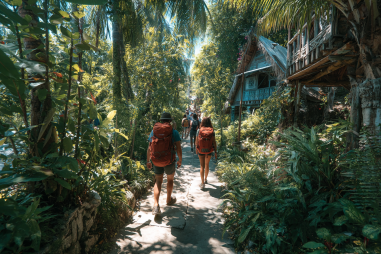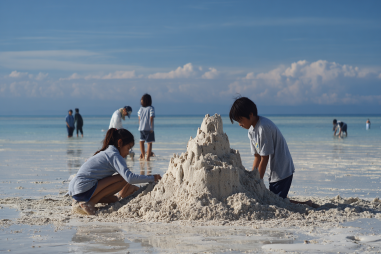Traveling to the Philippines offers a spectacular blend of stunning landscapes, vibrant culture, and warm hospitality. Whether you’re planning to explore pristine beaches, bustling cities, or rustic mountain trails, being well-informed about safety can significantly enhance your experience. While the Philippines is generally a welcoming and safe destination, understanding potential risks and how to mitigate them helps ensure your trip is both secure and enjoyable. Here are essential tips to keep in mind throughout your journey.
General Safety Overview in the Philippines
The Philippines is a diverse country with many safe destinations popular among tourists, such as Palawan, Boracay, Cebu, and Manila’s key districts. However, like any destination, there are regions where extra caution is advised, especially in some southern provinces due to occasional security concerns. Staying updated on travel advisories issued by your home country is a good practice.
When exploring urban areas, it’s wise to stay aware of your surroundings, especially in crowded places like markets, public transport hubs, and festivals. Petty theft, such as pickpocketing, can occur, so keep your belongings secured and avoid displaying expensive items openly. Traveling in groups or with a local guide can add an extra layer of safety, especially when visiting less-frequented locations.
Health and Medical Precautions
Before traveling to the Philippines, make sure you are up-to-date on routine vaccinations and consider vaccines for Hepatitis A, Typhoid, and Rabies depending on your planned activities. Mosquito-borne illnesses such as dengue fever and malaria are present in some areas, so using insect repellent, wearing long sleeves and pants, and sleeping under mosquito nets in rural zones is essential.
Tap water isn’t safe to drink, so always use bottled or properly filtered water. Carry a small first aid kit with common travel medications like pain relievers, antiseptics, and treatment for stomach ailments. If you require prescription medication, bring enough to last your entire trip and have documentation for any controlled substances.
Healthcare facilities can vary widely in quality, with top hospitals concentrated in major cities. Travel insurance that covers medical evacuation is strongly recommended, especially if you plan to visit remote islands or undertake adventurous activities like diving or hiking.
Safe Transportation Practices
Transportation options in the Philippines range from modern taxis and ride-sharing apps to traditional jeepneys and tricycles. When using taxis, opt for those that are metered or use reputable ride-hailing apps like Grab to avoid haggling or overcharging. If you choose public transport such as jeepneys or buses, keep valuables close and remain vigilant, particularly in crowded conditions.
For inter-island travel, ferries and boats are common. Choose operators with good safety records, and always wear a life jacket, especially on smaller vessels. Road conditions can be variable, and traffic rules may not always be strictly followed, so if you rent a vehicle, drive cautiously and consider hiring a local driver if unfamiliar with the local driving style.
Avoiding Scams and Petty Crime
While violent crime against tourists is relatively rare, scams and petty crime like pickpocketing, overcharging, and distraction theft can occur. Common scams may involve unauthorized tour operators, currency exchange fraud, or unofficial guides offering unsolicited help.
To protect yourself:
- Use official or well-reviewed tour companies.
- Count your change carefully and use authorized currency exchange centers.
- Politely decline offers from strangers that seem too good to be true.
- Keep your belongings in a money belt or inside zipped bags.
- Be cautious when withdrawing cash from ATMs, especially at night or in isolated areas.
Trust your intuition and if a situation feels off, remove yourself promptly.
Emergency Contacts and Support
Familiarize yourself with essential emergency contact numbers in the Philippines before your trip:
- Police: 117 or 911
- Fire Department: 160
- Medical Emergencies: 911 or local hospital numbers
- Tourist Police Hotline: +63 2 8450-1680
Keep a copy of your passport and travel documents in a secure place and share your itinerary and contact information with family or close friends. Many embassies provide 24/7 assistance to travelers in distress, so note down your country’s embassy or consulate contact details in Manila or other major cities.
Tips for Solo Travelers and Families
Solo travelers, especially women, should take extra precautions to ensure safety. Avoid walking alone at night, choose accommodation in well-lit and populated areas, and consider joining group tours for excursions. Engaging respectfully with locals and being open to building connections can enrich your experience and offer additional safety through community support.
Families traveling with children should pay special attention to hydration, sun protection, and child-friendly accommodation and activities. Keep a close eye on young ones in busy areas and near water. Carry necessary child medications and information on the nearest health facilities wherever you go. Renting baby equipment or strollers is common in tourist sites but confirm availability in advance.
Cultural Etiquette for Safe Interaction
Understanding and respecting local customs go a long way in creating a positive experience and avoiding misunderstandings. The Filipino culture is known for its hospitality and warmth, but modesty and politeness are valued. Dress conservatively when visiting religious sites and rural communities. Always ask for permission before photographing people, especially elders.
When interacting:
- Use your right hand or both hands when giving or receiving items.
- Avoid public displays of anger or confrontation.
- Learn a few basic Filipino phrases like “Salamat” (Thank you) or “Po” (a polite particle) to show respect.
- Be aware of local attitudes toward behavior and dress codes, particularly in smaller towns or indigenous communities.
Responding to Natural Disasters
The Philippines is situated in a region prone to typhoons, earthquakes, and volcanic activity. Being prepared and informed can greatly improve your safety. Keep an eye on weather forecasts, especially during the typhoon season from June to November.
In the event of a natural disaster:
- Follow instructions from local authorities without hesitation.
- Have an emergency kit ready with essentials such as water, food, flashlight, batteries, and important documents.
- Know evacuation routes and identify nearby shelters in your area.
- Keep your phone charged and have emergency numbers saved.
Travel insurance that covers natural disaster disruptions is highly advisable for peace of mind.
With proper preparation and awareness, your trip to the Philippines can be safe, comfortable, and full of memorable experiences. Embrace the island nation’s natural beauty and rich culture while keeping these practical safety tips in mind, and you’ll be well-equipped for an unforgettable adventure.







